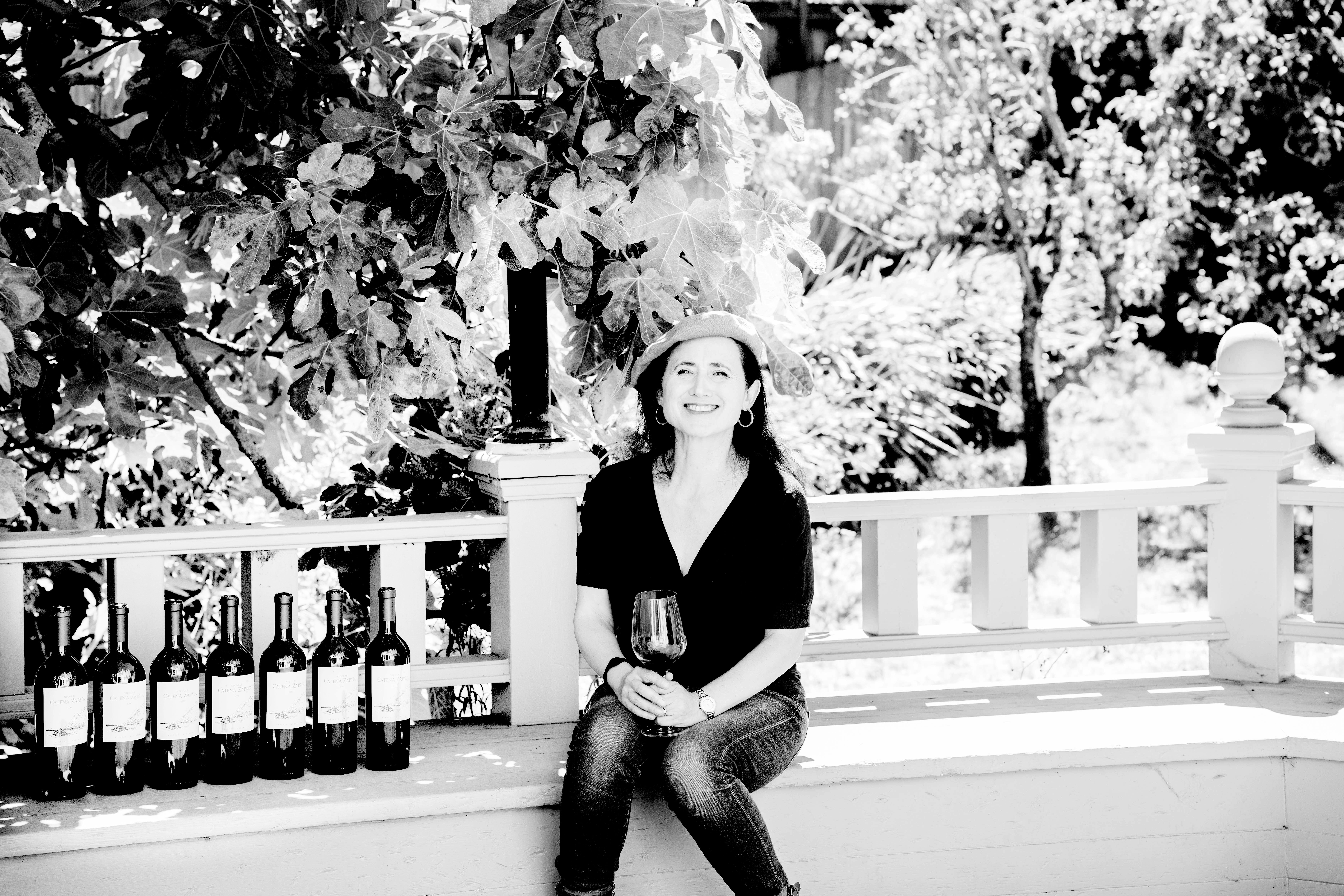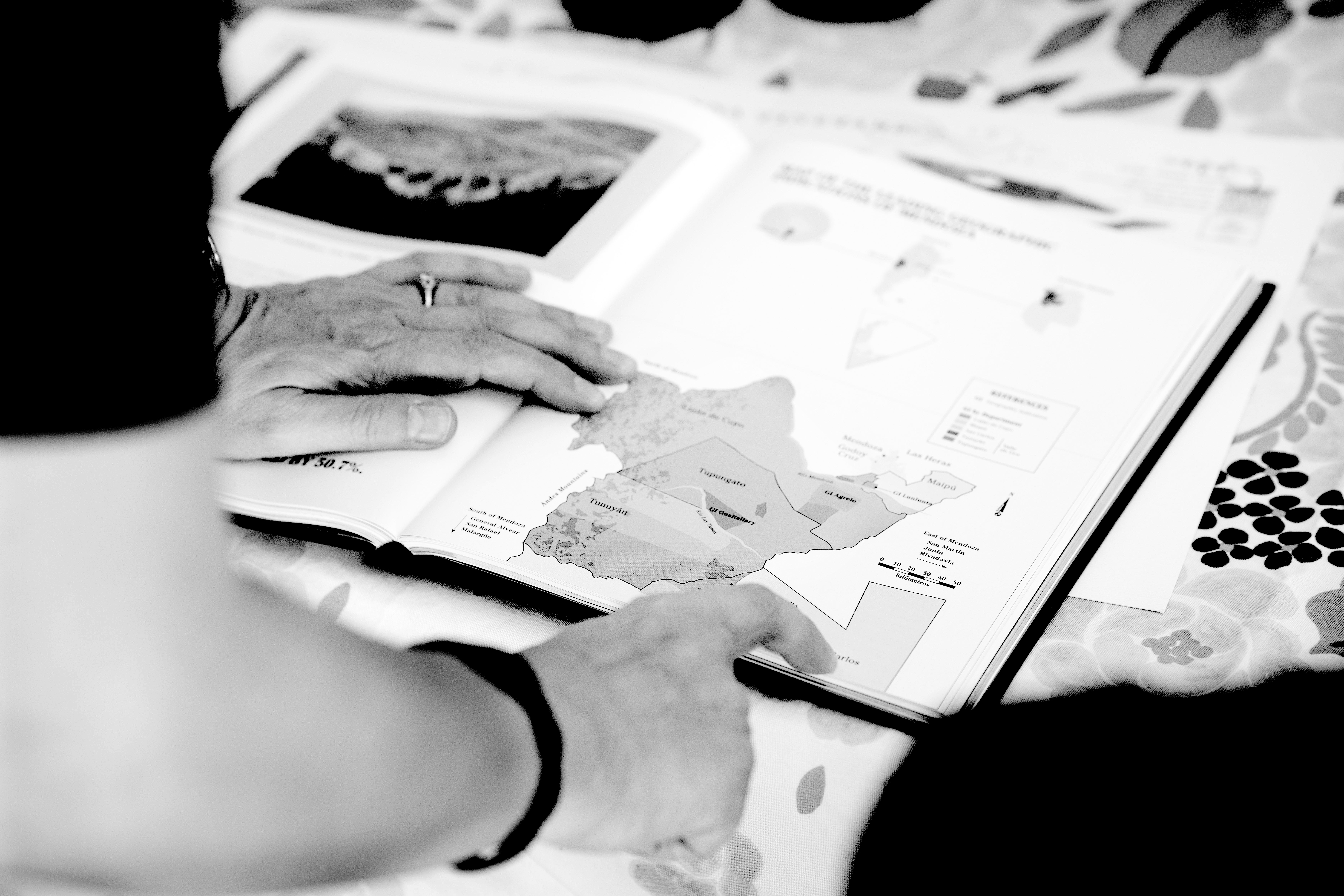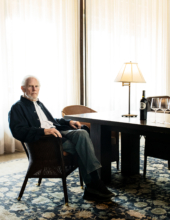13th Oct 2022
“The old world / new world argument is terrible,” Laura Catena said as she pulled corks and checked bottles for our tasting at her house in San Francisco. “As you know, Argentina is not new.”

Not New World
Laura has a point. The term “New World” was first coined around the 15th Century, when explorers from Europe began discovering new continents and countries that had not previously been featured on their Eurocentric maps. We don’t use this term anymore except in the context of wine. It was once a simple way of categorizing the wine world. Today, as the stylistic line between European and non-European wines becomes increasingly blurred, it’s misleading. And besides, the known history of civilization in South America predates most of Europe, with winemaking in Argentina dating back to the 16th Century. Definitely not new.
The daughter of Nicolàs Catena Zapata, Laura Catena leaves most other overachievers in the dust. She graduated magna cum laude from Harvard University in 1988 and has a medical degree from Stanford University. In 1995, Laura joined the family winery and is currently the managing director of Bodega Catena Zapata. Living and working between homes in San Francisco and Argentina, she is still a part-time practicing emergency pediatric physician at the University of California San Francisco. And she has written several books on Argentine wines, including the highly successful Vino Argentino: An Insider’s Guide to the Wines and Wine Country of Argentina and her most recent, incredibly fun, and informative book: Malbec mon amour, co-authored with Alejandro Vigil and beautifully illustrated by Martina Trach and Júlia Barata.
“I was shocked by how well my book sold in Argentina,” said Laura. “I didn’t think there would be such interest. But people are prepared to spend a lot on wine there. We have 90% inflation in Argentina right now. People are buying wine instead of holding onto money. Half the vineyards are owned by small growers. It is safer to buy a vineyard than to put your money in the bank. Small farmers sell their grapes and make some of their own wine.”
Much of the credit for her books’ success must go to the authority from which it is written. It was Catena Zapata that helped trigger the global explosion in interest for Argentine Malbec.

“Our family’s first wine that was famous was a Cabernet Sauvignon. The first Malbec made by Catena wasn’t until 1994. 1996 was the first vintage of the Alta (high altitude plantings). You have to remember that Mendoza is a desert. If the native people hadn’t built canals, we wouldn’t be able to plant anything. And then everyone put their wineries near the city and the railroads; the industry was built around transportation. But what my father started was to build around altitude. With higher altitude comes a cooler climate, slower ripening, and lower alcohols because the sugars happen at the same time as the phenolics. The big problem with this is frost. We lose out some of our crop 1 year out of 4. You just have to accept that.”
Nicolás Catena Zapata’s high-altitude bet paid off, demonstrating that Argentina could produce wines of intensity, grace, and finesse at naturally lower alcohols and without acidification.
Perched at nearly 5000 feet altitude, today Catena Zapata’s Adrianna Vineyard is one of Argentina’s (and the world’s) greatest viticultural locations.
“We have limestone there,” said Laura. “I don’t have a rational explanation about why limestone is so important. But I think it is the microbial activity. This is a dried-up riverbed, so there’s quite a bit of heterogeneity. It is so hard to farm because you have to parcelize everything.
Although Catena Zapata has made a very impressive Chardonnay from this vineyard since 1999, the first vintage of a single vineyard Malbec from here was in 2004.
“Lot 3, what we call the Mundus, is our best Malbec parcel,” said Laura. “This parcel has very shallow topsoil and lots of calcium carbonate. The Mundus gives the perfect combo of concentration and lightness. It has incredible perfume. Violets.”
Laura’s scientific mind is at the forefront of everything she does and is a critical factor behind the high quality being achieved at Catena Zapata today.
“In 2011, we started the ‘Mundus Bacillus Terrae’—Elegant Microbes of the Earth—label from our Mundus block. People said I was crazy putting the word ‘Bacillus’ in the wine’s name. I was told it sounded like a disease. But I feel that microbes are a defining factor in quality. The reason for the Latin name is because the classification system is inherent in this, like classifying a species.”
Most recently, the tiny production (around 400-450 cases) Catena Zapata Adrianna Vineyard Mundus Bacillus Terrae label has become one of the most prized and collected Malbecs, now sold via the Place de Bordeaux (since 2015) and distributed around the world.
So, say what you will about the name, but the wine is pure genius. Just don’t call it New World.

-
Article & Reviews by Lisa Perrotti-Brown MW
Photos by Johan Berglund

PRODUCERS IN THIS ARTICLE
> Show all wines sorted by scoreMore articles

2021 Bordeaux in Bottle and A Modest Proposal
24th Apr 2024
599 tasting notes

Pilcrow’s New Releases
18th Apr 2024
7 tasting notes

Bordeaux 2023 Primeurs Photo Essay
18th Apr 2024
0 tasting notes

Harlan Estate, BOND, Promontory 2021 and 2011
11th Apr 2024
14 tasting notes
Show all articles